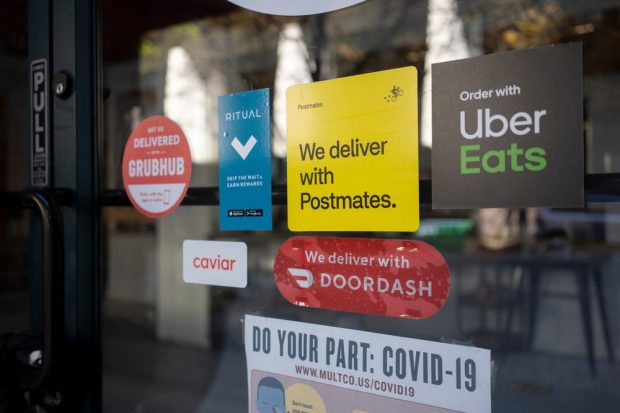Delivery Makes up Small but Growing Share of Restaurant Orders

Restaurant delivery economics may be tricky, but with rising demand, the channel isn’t going anywhere.
The Context
Delivery sales continue to rise. Last month, the nation’s leading restaurant aggregator DoorDash shared in its earnings report that orders grew 35% year over year in the fourth quarter.
“2022 was unique and challenging in many ways,” the aggregator stated in a letter to shareholders. “But, similar to past years, consumers showed they love convenient access to their favorite local merchants.”
Similarly, competitor Uber Eats shared around the same time that gross bookings for delivery increased 14% year over year.
“The delivery category has been pretty resilient post-pandemic, certainly more so than a lot of other categories that benefited from the pandemic,” Uber CEO Dara Khosrowshahi said.
With the increase in delivery purchasing, restaurants are looking for ways to make the model profitable, given the labor costs associated with in-house fulfillment and the steep commissions that third-party aggregators charge. For instance, fast-casual giant Panera Bread, which has more than 2,000 locations across the U.S. and Canada, recently announced free delivery for annual members of its Unlimited Sip Club beverage subscription.
Similarly, Chinese-inspired casual dining chain P.F. Chang’s, which has more than 300 restaurants across 22 countries, announced last fall the launch of a rewards program subscription, offering free delivery, expanded rewards-earning opportunities and “VIP-level service” for $6.99 a month.
“An overall trend we are seeing in loyalty programs is that consumers are not limited to just item-based rewards … as the benefit of subscription models,” Art Kilmer, the brand’s chief operating officer, said in an interview with PYMNTS at the time. “Rather, consumers are seeing more service-based program benefits as well that allow for engagement and interaction with the brand.”
By the Numbers
Research from the most recent edition of PYMNTS’ Connected Dining study, “Connected Dining: Rising Costs Push Consumers Toward Pickup,” which draws from a survey of more than 2,100 U.S. consumers in January, finds that 10% of consumers reported having ordered their last restaurant meal from delivery. This share was up significantly from 7% just the month before.


